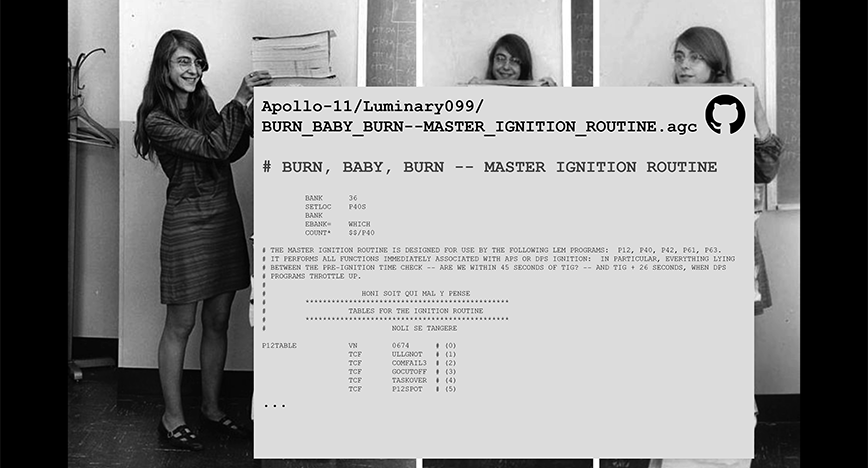Awarded for best entry

Future communication systems depend on antennas that are both directional and steerable to compensate for path loss. A boost in this work is done by doctoral student Pilar Castillo Tapia winner of the best poster at the recent Exeter Microwave Metamaterials Conference.
When we meet at Teknikringen, Pilar shows a prototype of the model she worked on and explains that the model investigates indoor communication, 5G, and 6G communication, and shows how electromagnetic waves can be directed in different directions.
"I think it helped me get the award because I had a prototype I could show, it will be easier to understand this complex research then," she says.
Important for smart cities
Before starting her doctoral studies at the Division for Electromagnetic Engineering Pilar worked at the European Space Agency’s office, European Space Research and Technology Centre in Noordwijk, Netherlands. That experience kicked off her work on high-efficient optical systems that use electromagnetic waves instead of optics.
"The advantage of working in high frequencies is that you can send a lot of information to several users and it is useful in many ways for both machines and also mobile phones".
Pilar’s model is aimed at communication with a focus on extracting large amounts of information faster by

testing alternative frequencies. This will be needed as smart cities increasingly apply information and communication technology to become more efficient while also sharing more information with the public.
Moving forward, Pilar will focus on improving her model in a quest to make it even more powerful and energy efficient
"Now I am working on optimizing the appearance of the lens and trying to calculate how many lenses are needed. I also look more at the material for the antenna where we need to look at how much of the energy is converted into heat. This is very important from a sustainability perspective," she says.
Geodesic Lens Array (pdf 8.9 MB)
Related news

Re-appointed IEEE Distinguished Lecturer
For the second time, Carlo Fischione, professor at KTH, has been appointed IEEE Distinguished Lecturer by the IEEE Communications Society (ComSoc)—a prestigious recognition awarded to experts who have...
Read the article
Humour - a key ingredient in software development
Humour and cultural influences play an important role in most human relationships and, indeed, in software. Deepika Tiwari, a PhD student at KTH Royal Institute of Technology, discovered this when, to...
Read the article